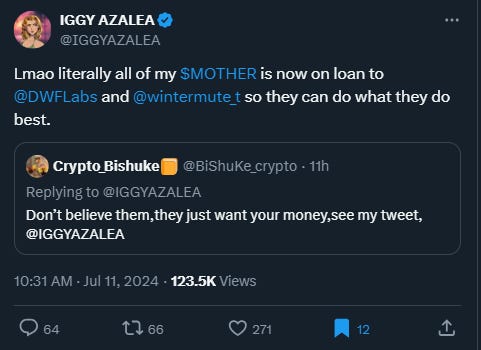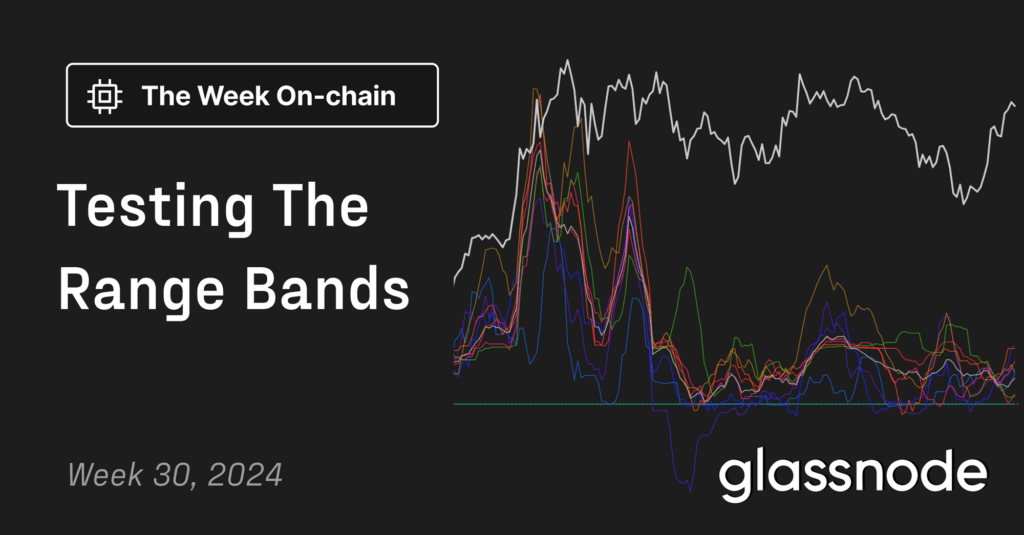Research Summary
The report discusses the role of market makers in the cryptocurrency market, their strategies, and how they can manipulate the market. It also explains the two models of market making, the agency and proprietary models, and how market makers profit from these models. The report warns about predatory market makers and provides indicators of market manipulation.
Key Takeaways
Role of Market Makers
- Market Making Explained: Market makers provide liquidity to the market by maintaining bid and offer prices for tokens. They use their infrastructure, expertise, and sometimes their own capital to price markets efficiently. Without them, traders would have to rely on the coincidence of wants, leading to trading delays and high transaction costs.
- Benefits of Hiring Market Makers: Projects hire market makers to improve their odds of listing on a Centralized Exchange (CEX), make their token more attractive to investors, and provide expertise and consulting. Market makers result in tighter spreads and higher displayed liquidity, giving investors additional confidence to buy the token.
Models of Market Making
- Agency Model: In this model, the protocol provides all the capital and pays the market maker a monthly fee for their services. The project is responsible for any profits and losses incurred in market making activities. This model gives the protocol the most control and is most attractive to protocols that can afford to provide two-sided inventory.
- Proprietary Model: In this model, the market maker provides its own capital at its own risk and therefore has a greater influence on the deal terms and Key Performance Indicators (KPIs). The project provides a loan of a significant share of tokens, and the market maker is granted options over the tokens.
Profit Strategies of Market Makers
- Profit from Fees or Options: Market making isn’t always profitable, especially with newer tokens. Therefore, the firm seeks to control risk while profiting from either fees in an agency agreement or options in a proprietary agreement.
- Control of Circulating Supply: A large token loan allows the market maker to control a high percentage of the circulating supply at launch. This allows the firm to satisfy initial investor demand and put an initial cap on price.
Indicators of Market Manipulation
- Volume and Open Interest: If a token’s volume or open interest is disproportionately high compared to its market cap, it could indicate market manipulation.
- Basis and Funding Rates: The difference between the prices of the spot market and the futures/perpetual contracts (basis) and the periodic funding payment (funding rate) can also indicate manipulation. Unrealistic levels of these metrics suggest manipulation.
Actionable Insights
- Be Aware of Predatory Market Makers: Traders, users, and protocol founders should be aware of situations where predatory market makers are looking to create exit liquidity. They should be cautious of market makers who sell the prospect of “painting a chart” and getting a coin to higher valuations for a time.
- Monitor Market Indicators: Traders should monitor volume, open interest, basis, and funding rates to spot possible market manipulation. If these metrics are at abnormal levels, it could indicate that the market is being manipulated.
- Consider Selling or Buying in Anticipation of a Pump: If a coin is being manipulated up, traders have an opportunity to sell at a likely overly high valuation. Alternatively, they could buy in anticipation of a pump, although this is more risky.












